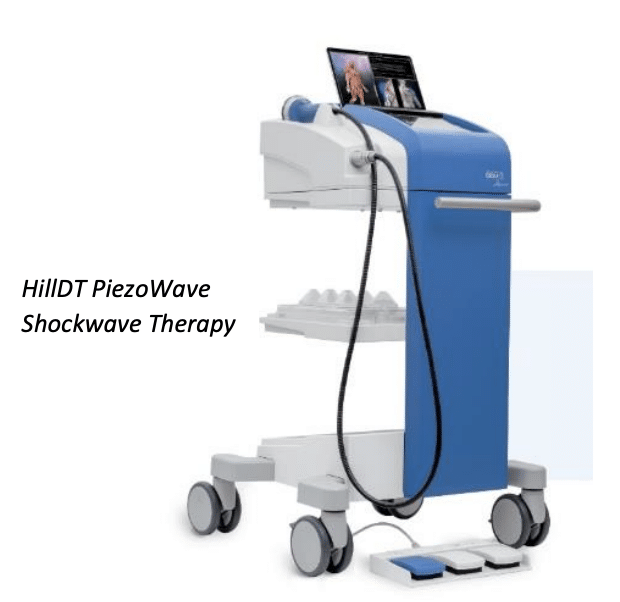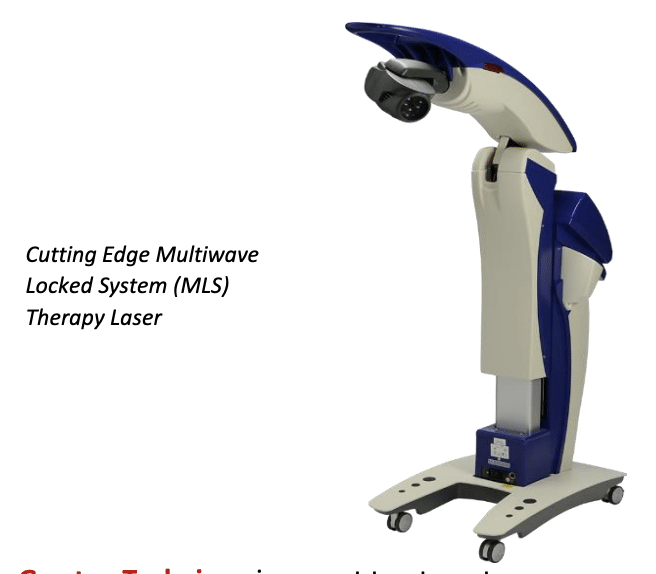This free report was written by Kyle J. Pankonin, DC, DIANM, DACCP, CFMP, CCEP, a board-certified chiropractic orthopedist with nearly two decades of clinical experience treating some of the most challenging pain conditions in the human body, including plantar fasciitis. In addition to this training, which helps him properly diagnose conditions and offer research-based non-drug and non-surgical treatment options, Dr. Pankonin is also a board-certified functional medicine practitioner. This specialized training helps him find the root cause of almost any health challenge, including peripheral neuropathy.
LIVING WITH PAIN IN THE HEEL
I want to start this report by addressing the suffering and fears you likely are experiencing if you are living with foot pain. When you have plantar fasciitis those first few steps after getting up from sitting or lying down can be quite painful. Many people limp because of the pain. When your foot hurts and you may be limping it can affect other areas of the body as well that are compensating for it. Some runners wonder if they will ever be able to run again. Factory and other workers who are on their feet a lot may be afraid they’ll need to change jobs. Athletes may be concerned the pain will keep them out of competition. Many people just live in frustration thinking about how all the things they enjoy doing will be affected if the pain doesn’t go away.
While there are no absolute guarantees in healthcare, for many of you reading this guide there is hope for significant and meaningful improvement to your condition. There are advanced research-based non-drug and non-surgical options now being used throughout the United States. These are options your traditional doctor will not tell you about. There are ways to reduce the inflammation, release tight and tender adhesions in the foot, improve flexibility and strength, and most importantly get rid of foot pain.
Let’s talk about:
- What causes plantar fasciitis
- What are the symptoms of plantar fasciitis
- How modern medicine approaches this problem
- Alternative treatments that work
- How to determine if you are a good candidate for alternative types of treatment
CAUSES
The most common cause of plantar fasciitis is fallen arches or too high of arches. Plantar fasciitis is quite commonly seen in people who are on their feet a lot on cement surfaces. Runners and athletes can get it from the repetitive strain and high impact on the feet.
Certainly, people carrying a bit of extra weight can be more vulnerable. Wearing poor footwear can also contribute to the development of plantar fasciitis. Near the end of every summer and into early fall we typically see a surge of new foot pain patients; the reason being so many people have worn flip flops all summer long which offer no arch support at all.
SYMPTOMS
The plantar fascia is a band of connective tissue that runs along the bottom of the foot and attaches into the front part of the heel. Typically, the pain shows up on the bottom of the heel. In some cases, the pain will extend into the mid-foot area and sometimes even on the inner or outer area of the heel. Most people feel pain when they first get up from sitting or lying down and take those first few steps. Others will feel the pain gradually worsen the longer they are on their feet as the day progresses. Some people will limp because of the pain. Most people feel like they have a tooth ache in their heel and for others it is a sharp pain. Some will see visible swelling in the heel and into the inner foot up to the ankle. Finally, many will also feel that their calf muscles are tight.
MEDICAL TREATMENT OPTIONS
The medical approach to pain is basically the same regardless of the pain condition: “drug it, numb it, cut it.” Most people who visit their medical provider will be offered some type of prescription drug for pain (drug it). Some are offered an injection into the heel (numb it). If these two do not improve the condition, then a referral is made to a podiatrist or orthopedist. This is where the surgical recommendation comes into play (cut it). Drugs and shots can offer some temporary relief, but they do nothing to fix the underlying reason the pain came in the first place. Surgery is always an option but should be saved until last resort if all other options fail to provide relief. Clearly there must be a better way than these options.
ALTERNATIVE TREATMENT OPTIONS
There is no one magic bullet for treating plantar fasciitis. It takes a comprehensive approach. We have a couple of home-based treatment options that we prescribe to all our patients. We also have four great in-office treatment options. When these approaches are packaged together, they work in synergy to produce a positive response for most patients.
For at-home therapy we prescribe a physician-designed Foot Wheel. It helps to loosen tight and tender areas in the fascia on the bottom of the foot and heel. Patients use this several times a day each day. The other thing we prescribe for daily wear is custom-made orthotics from Foot Levelers. These support all three arches of the foot properly and provide good shock absorption, helping to alleviate heel and/or foot pain.
IN-OFFICE TREATMENTS THAT WORK
- Myofascial Acoustic Compression Therapy (MYACT) or Shockwave Therapy is one of the latest advancements in the world of rehabilitative medicine. With this therapy, focused soundwaves are delivered into the tissue of the affected area of the foot. These soundwaves deliver a precise, focused deep tissue massage. It is a real game-changer to loosen the tight fascia and to stimulate healing in the injured tissue.
- MLS Laser Therapy is a class IV laser which means it penetrates deep. Laser reduces pain and inflammation and stimulates healing in damaged or injured tissue in the foot. We consistently see 85% or more success with whatever we treat with the laser year in and year out
- Graston Technique is a great treatment we use for many conditions, including chronic cases of plantar fasciitis. This technique utilizes specially-designed stainless steel instruments to break up scar tissue and adhesions in the plantar fascia and calf muscles. It is one of the best soft tissue manipulation techniques in existence today.
- Foot Power is a unique piece of equipment we use to rehabilitate the weakened foot or feet. It is the only rehab device on the market that specifically targets the foot to increase strength.
CAN YOU BE HELPED?
After conducting a thorough health history review and physical examination we will be able to tell you if you are a good candidate for this type of care or not. We will be honest with you. As stated earlier, we can help nearly 90% of plantar fasciitis cases.
ARE YOU READY?
Your options are to do nothing and live with the pain, try drugs, shots or surgery, or try a good non-drug and non-surgical option such as we have outlined in this report. If you are ready for an advanced, state-of-the-art non-drug and non-surgical option, we can provide that. We look forward to helping you to achieve better health.
Plantar Fasciitis Frequently Asked Questions
For acute conditions of less than three months duration, typically six sessions are a reasonable estimate. For chronic conditions of greater than three months duration, typically twelve sessions is a reasonable estimate.
85-90%
For one foot the cost will typically be about $750 for acute conditions and about $1,200 for chronic conditions. For both feet the cost will be about $900 for acute conditions and about $1,500 for chronic conditions.
Graston technique is the only part of this program that is covered by some (not all) insurances. MLS laser therapy, Shockwave therapy, the Foot Wheel and custom orthotics are not considered covered services at a chiropractic clinic and will not be billed.
Take control of your health today!
Schedule your initial consultation with our experienced team now and start your journey towards a pain-free life.


